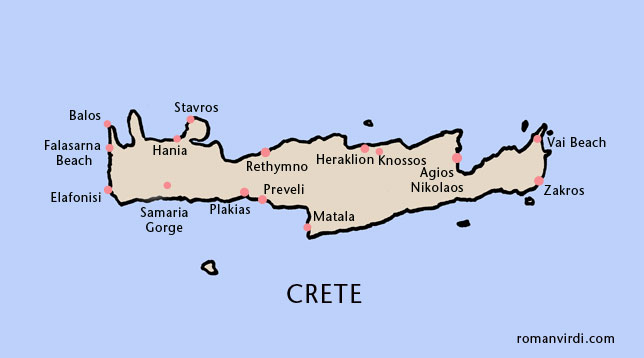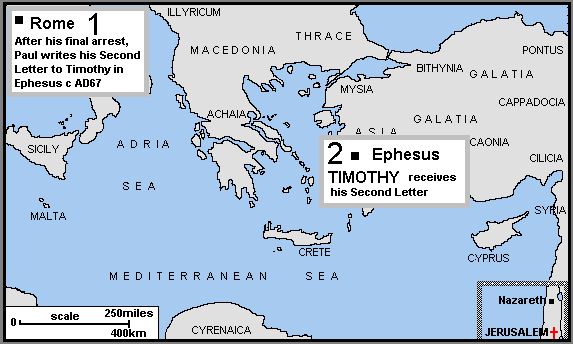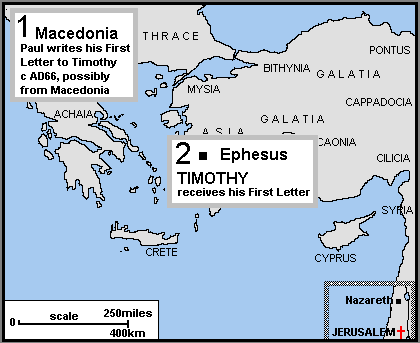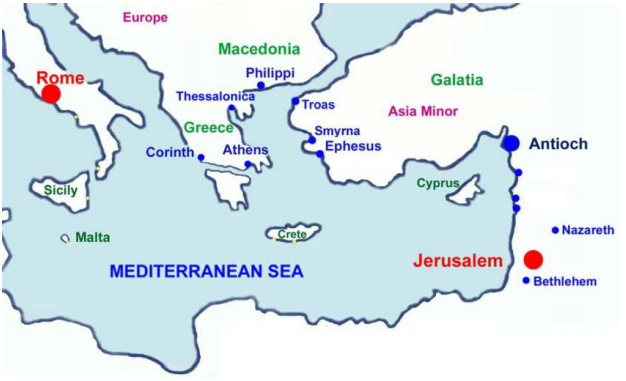Book Written: Around 65 A.D. though HC puts the date closer to 90 A.D. figuring it must have been written after the destruction of the temple in 70 A.D. The author is Luke who wrote the third gospel though see below.
Time Period/Setting: The early years of the Christian Church after the resurrection of Christ
Title: Of the title, HC says it "indicates the shift in content from Luke's Gospel, which is about Jesus, to Acts, which concerns the life and work of the church." HC casts some doubt on Luke, companion of St. Paul, author of third gospel and physician, as the author. HC also points out that this book actually contains little concerning the activities of the apostles, but rather is mostly about Paul who was not an apostle.
Acts reads like an historical adventure book and so is engaging and easy to follow. Nonetheless, HC cautions against viewing this book as just history and reminds that it is "theological narrative."
Baker gives six theological points to keep in mind: 1) The Church developed through the power of the Holy Spirit (Pentecost); 2) Peter is the protagonist in the first half of the book. He selects Matthias to replace Judas and he gives the nod to the Gentiles in the person of Cornelius. Paul is the protagonist of the second half of the book; 3) Jesus, no other, is the savior of mankind; 4) There are eighteen speeches in the book. All tell the story of Jesus's ministry, his death and resurrection and that he is the savior of the world; 5) The Church is an organized community with a hierarchy. There are deacons, presbyters and bishops; 6) At the Council of Jerusalem, the way to salvation is established as faith in Jesus Christ.
Some figures in the book to think about are Barnabas who sold his field and gave the proceeds to the nascent Christian church while Ananias and Sapphira did similarly but held back some of their profits, Stephen and his martyrdom including the eloquent speech he makes before the Council, Simon the magician who wanted to pay Philip for the powers that Philip had, the Ethiopian Eunuch who resembles a fairy tale character, Tabitha (Dorcas) whom Peter raises from the dead, Cornelius the centurion, the magician Bar-Jesus or Elymas to whom Paul says, "You son of the devil, you enemy of all righteousness, full of all deceit and villainy. .. .: (Ch. 13, 9), Lydia the trader of purple cloth, Apollos who is re-educated by Priscilla and Aquila (Ch. 18), the Roman officials Felix, Festus, King Agrippa and Bernice. Paul is at the center of the action as Acts comes to a close with his hairy sea voyage to Rome as prisoner on a ship.










